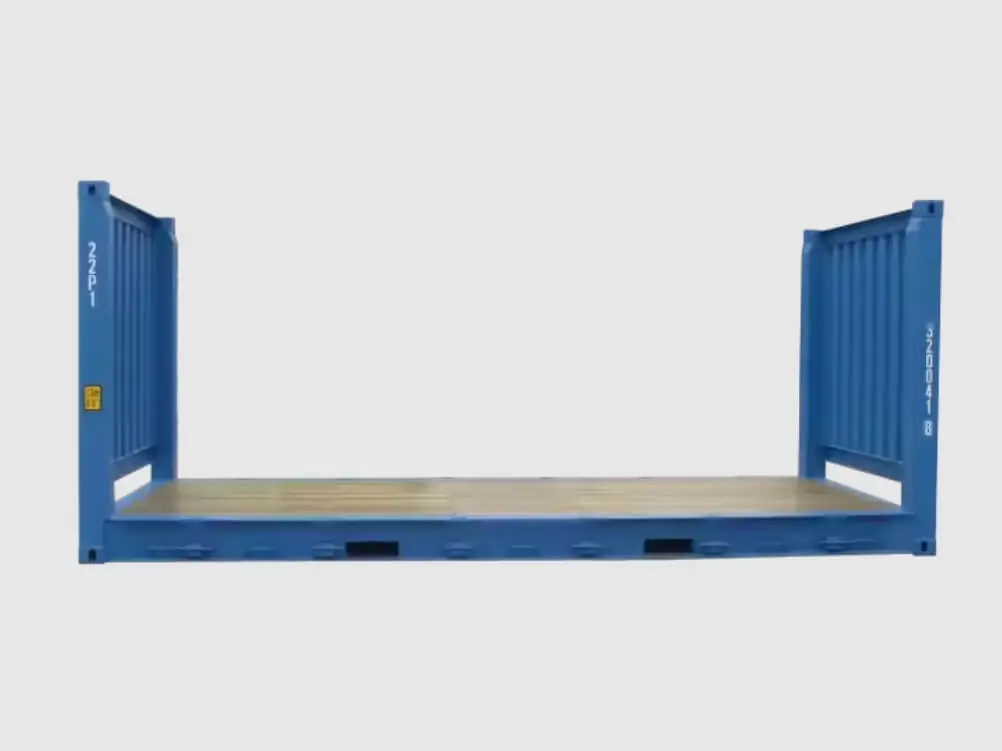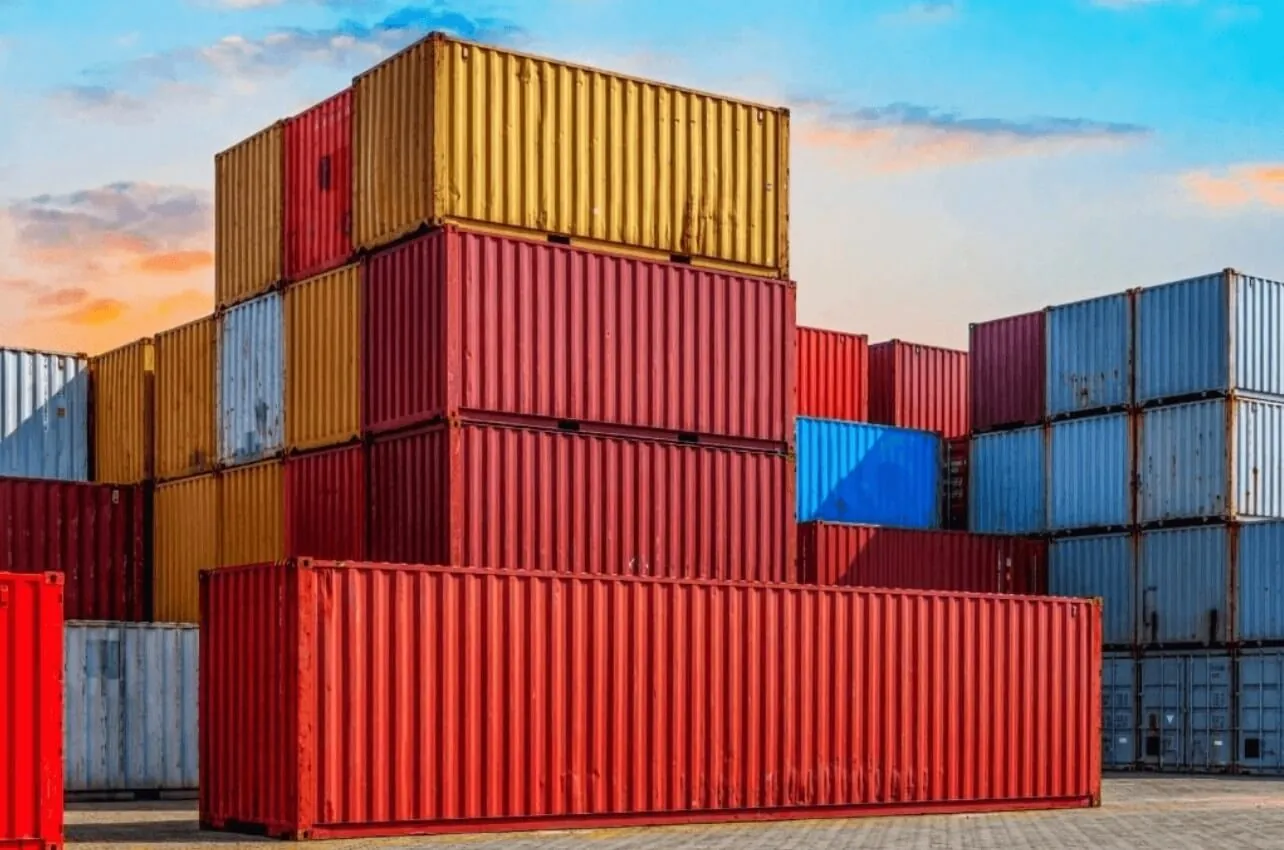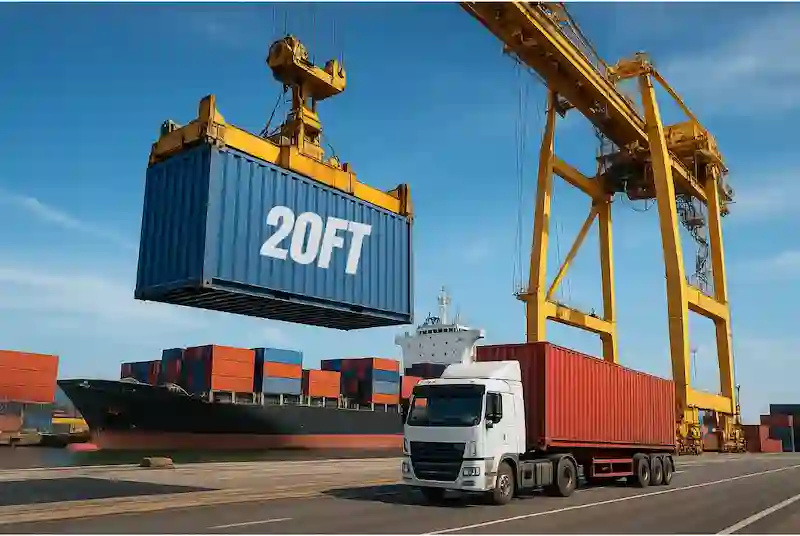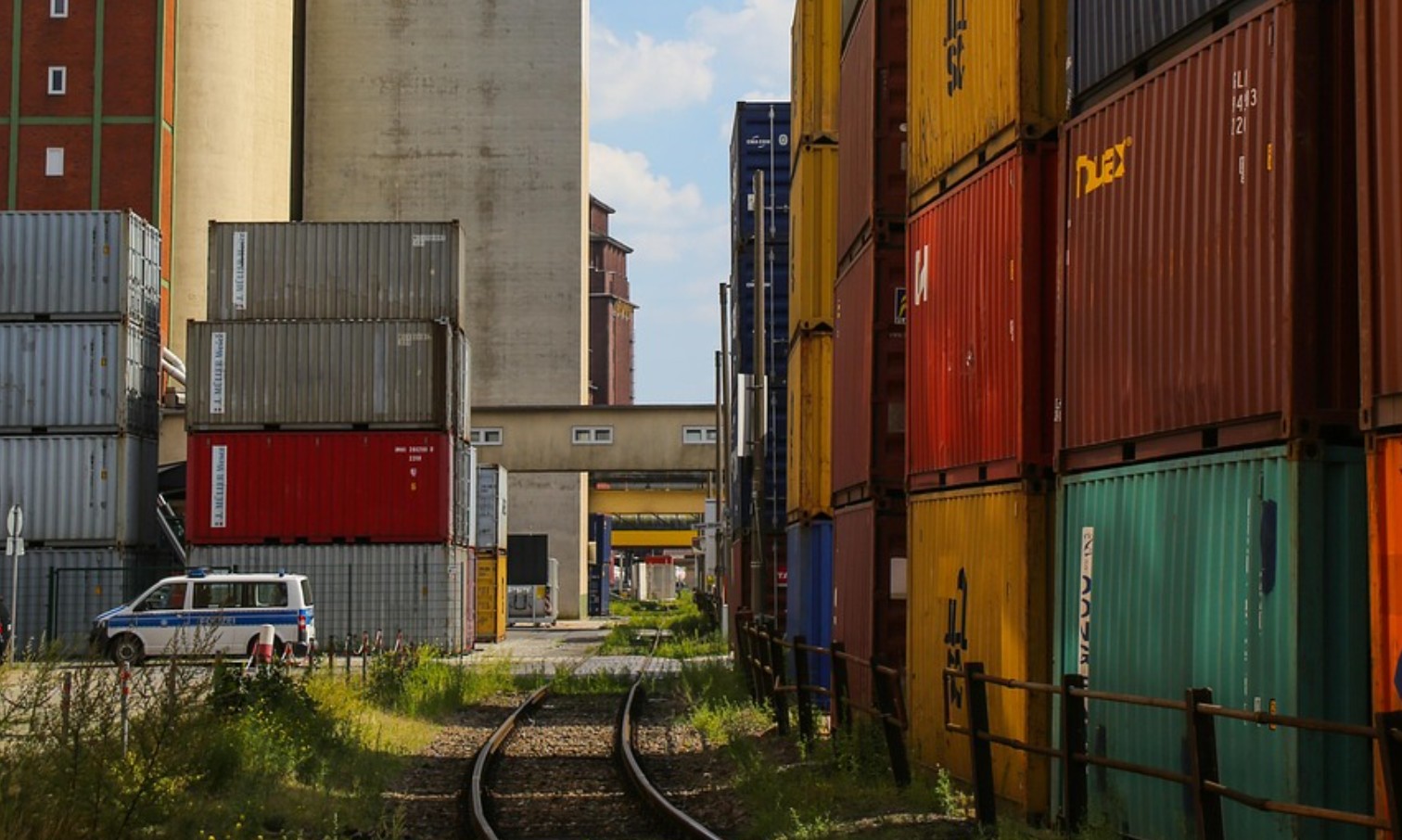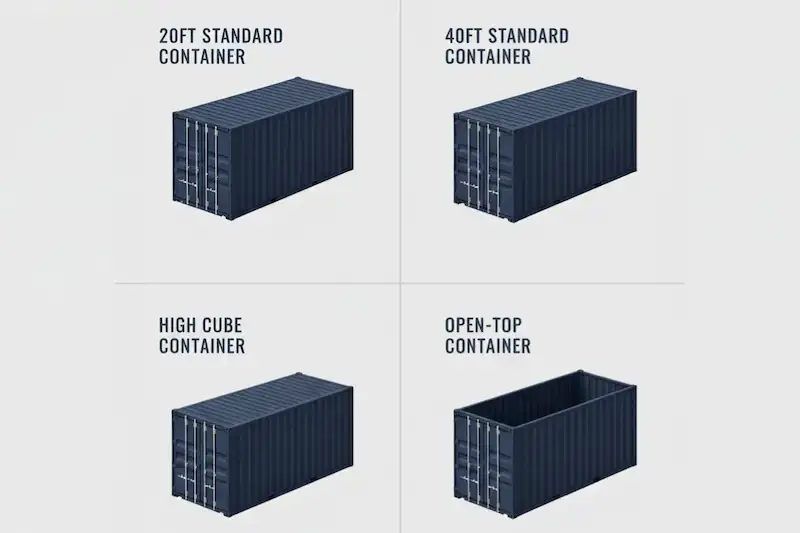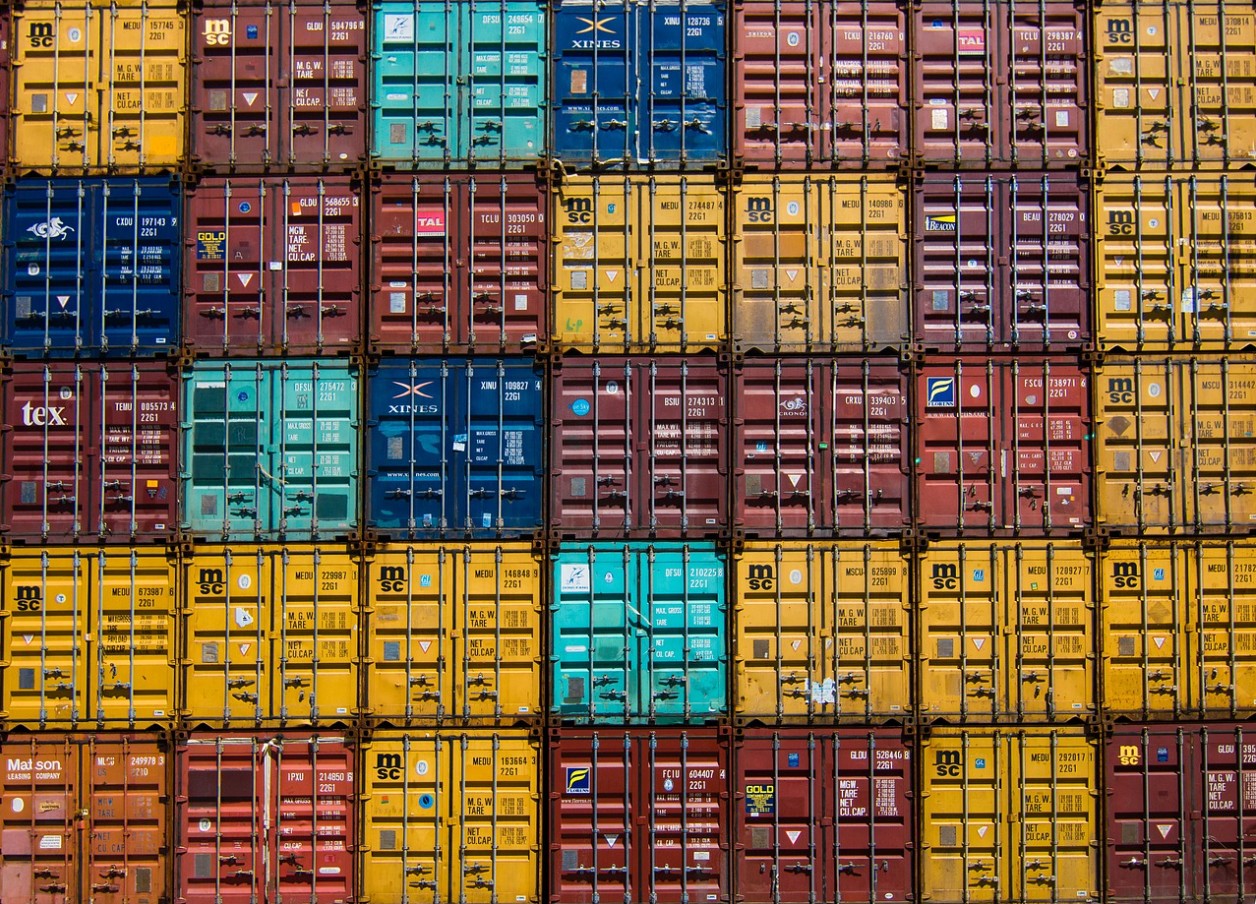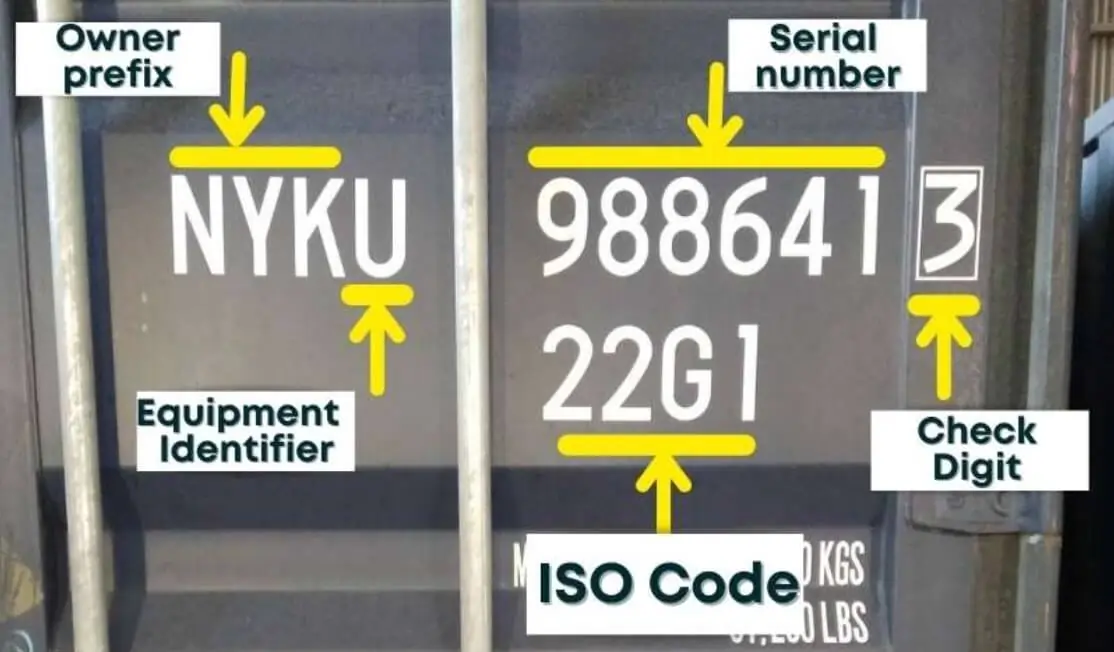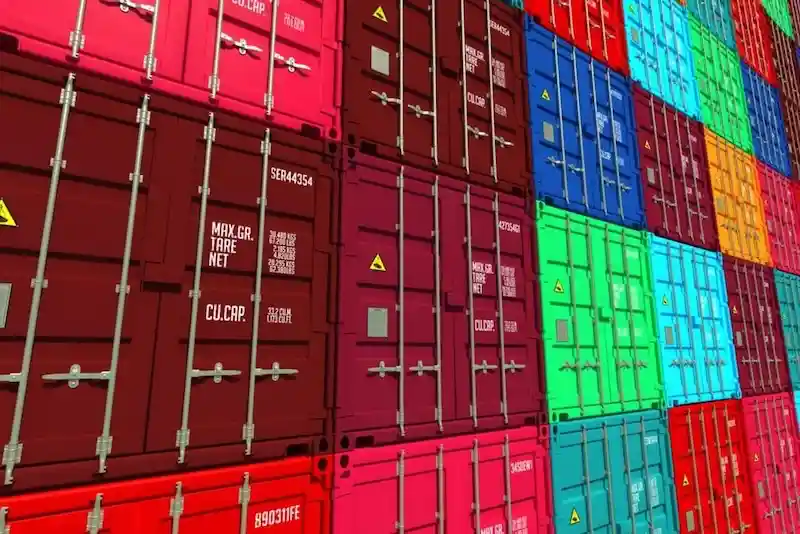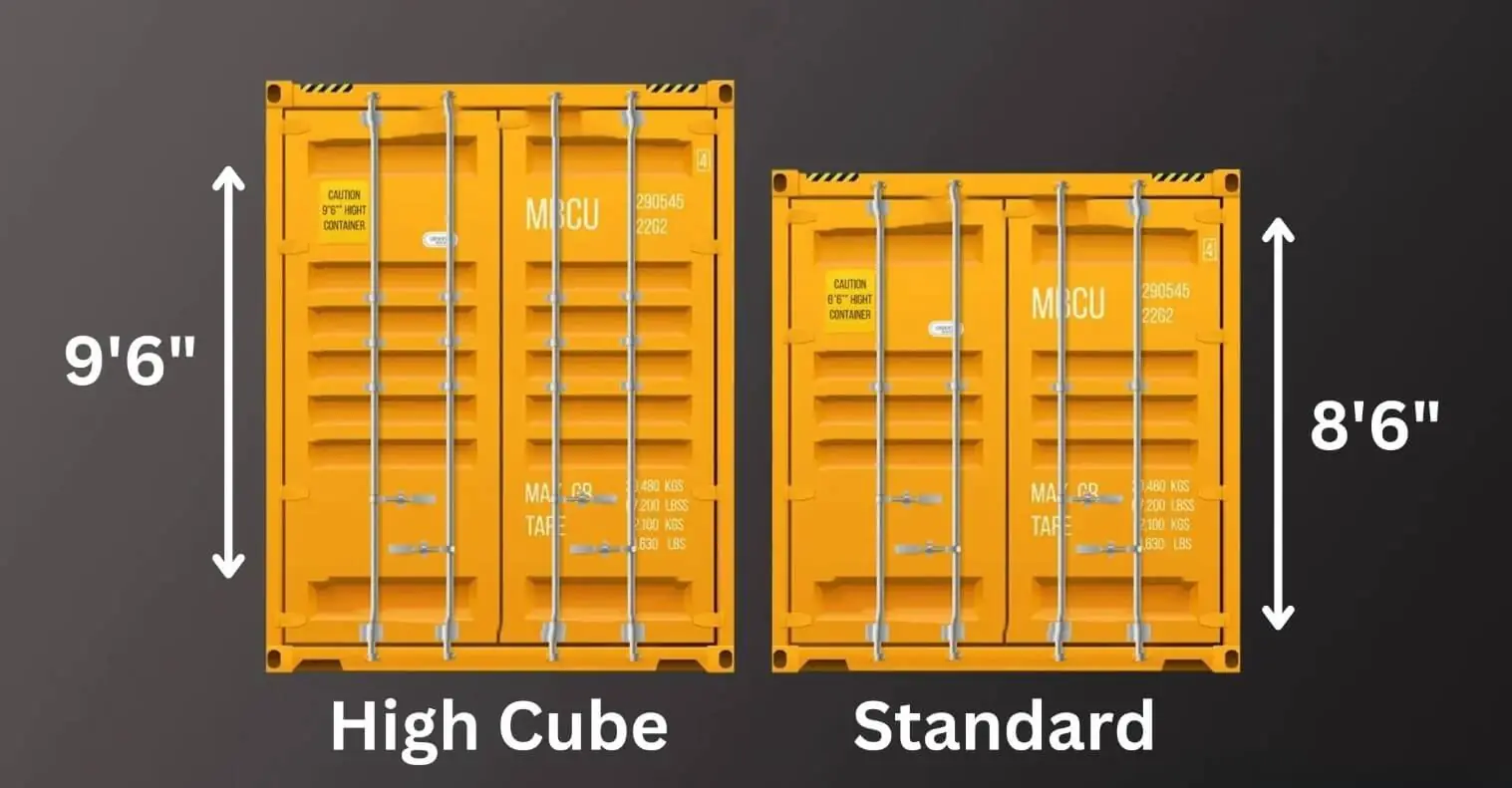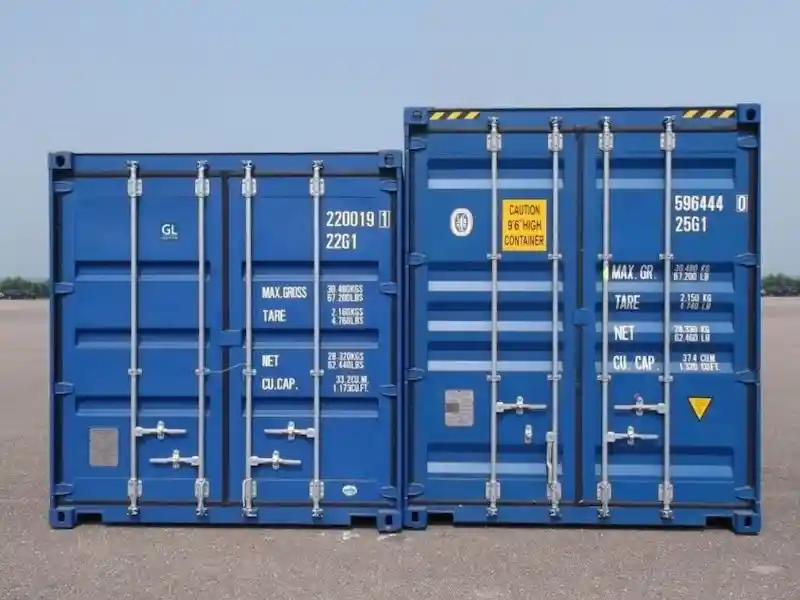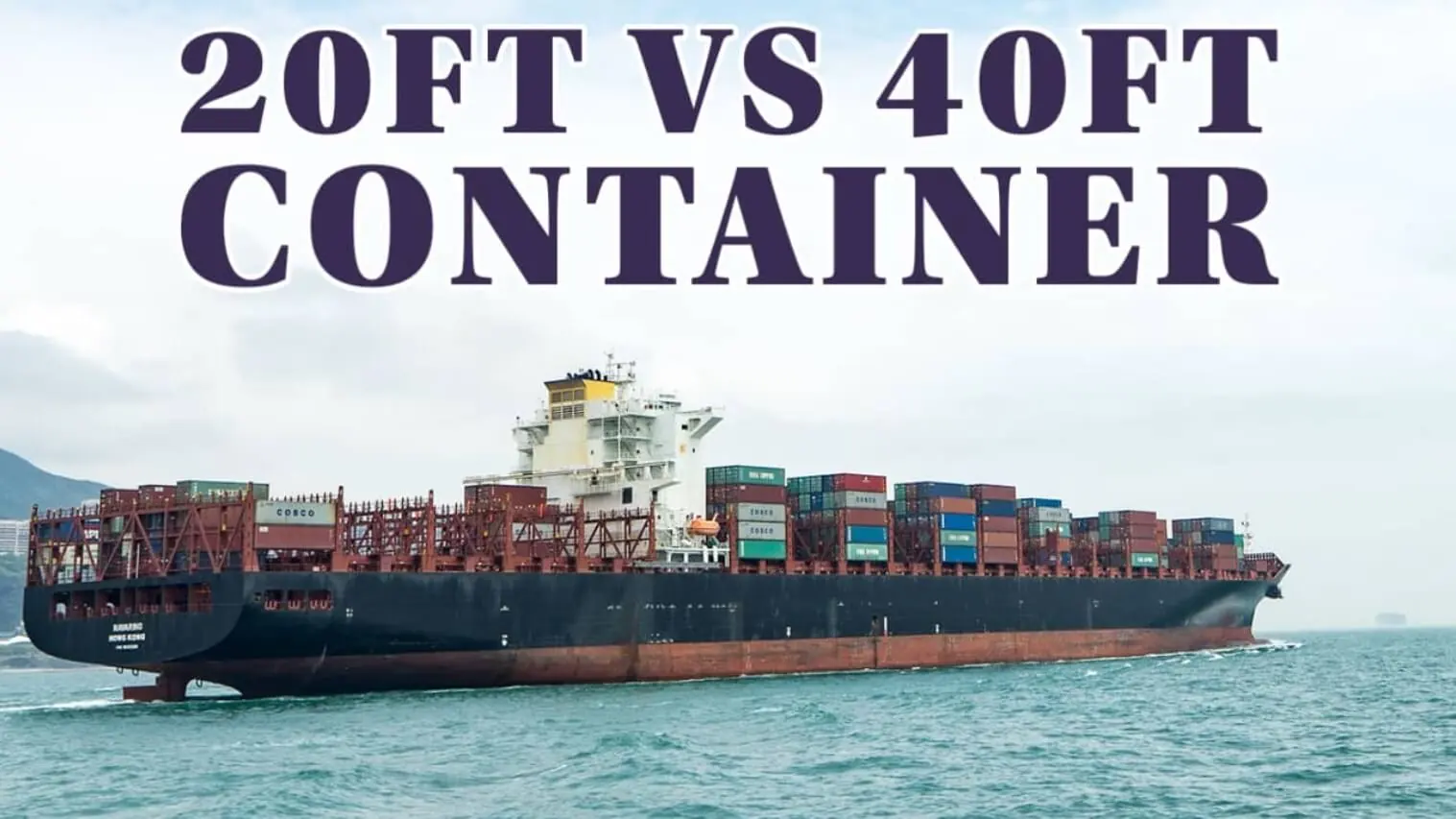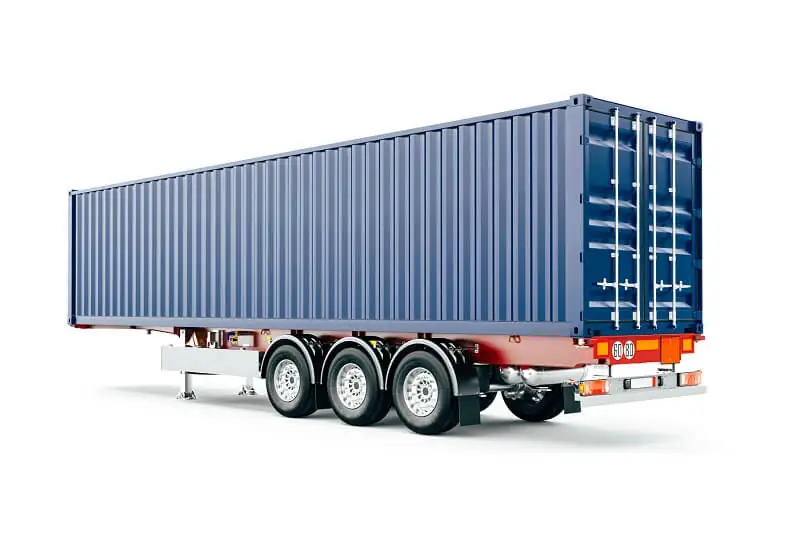Standard Shipping Container Dimensions: Your Guide to ISO Standard Sizes

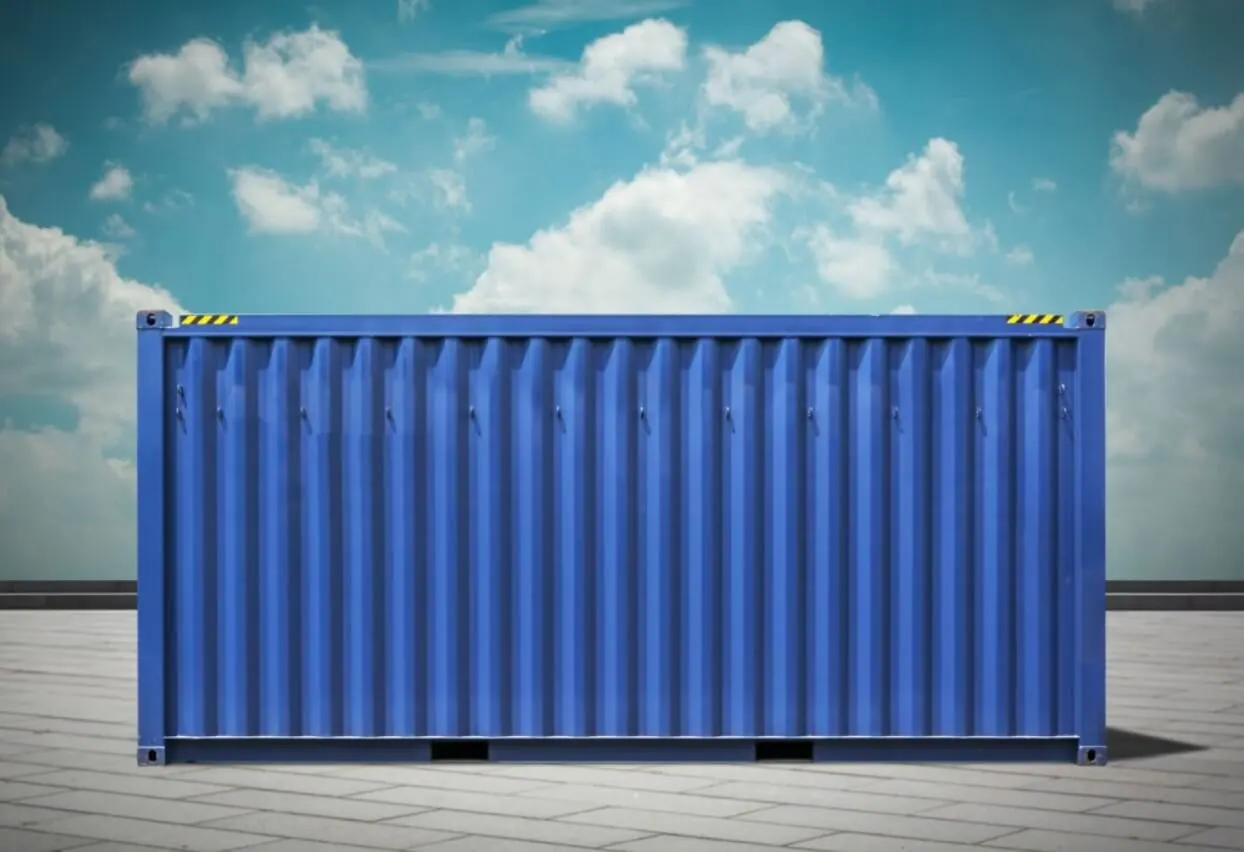
Standard shipping containers are the unsung heroes of the global trade chain. Their perfectly standardized dimensions are exactly what allow goods to flow smoothly across continents, hopping from ships to trains to trucks without a hitch.
But let’s be honest—unless you are in logistics, looking at a wall of numbers can be boring. Why should you care about the average shipping container dimensions? In this article, we’ll answer that question and break down the specs you actually need to know in plain English.
Why Are Standard Shipping Container Dimensions So Important?
Without the uniformity of standard shipping containers, the world would basically be a logistical nightmare. Imagine a maze where every box is a different shape and size—ports would be clogged, and warehouses would be chaos. Thankfully, these steel boxes aren’t random; they follow a strict container size standard that keeps global trade moving.
Standard shipping containers provide a reliable framework that everyone trusts. Picture trying to load a container onto a ship, then a train, and finally a truck, only to find it’s two inches too wide for the trailer. That doesn’t happen today because a consistent standard container dimension ensures containers can transition between different transport modes (what we call intermodal transport) seamlessly.
Also, by sticking to the standard size of the ISO container, businesses can pack smarter. Strategic packing means no wasted space, fewer trips, lower costs, and a smaller carbon footprint. It’s a win-win.
ISO Shipping Container Dimensions: The Basics
The average shipping container dimensions generally fall into two camps: 20 feet or 40 feet in length. The width is almost always 8 feet (to fit legally on roads), but the height can vary. Standard containers stand 8 feet 6 inches tall, while the taller high cube containers reach 9 feet 6 inches.
The “Big Three” you will see most often are the 20ft, 40ft, and 40ft high cube. These ISO-certified ocean containers are the go-to choice for transporting everything from heavy machinery and grains to your latest online electronics order.
ISO Standard Shipping Container Dimensions at a Glance
Let’s keep it simple. Here is a breakdown of the ISO standard sizes so you can see which one fits your project.
| Container type | Length (ft) | Width (ft) | Height (ft) |
| 20ft standard | 20 | 8 | 8.6 |
| 40ft standard | 40 | 8 | 8.6 |
| 40ft high cube | 40 | 8 | 9.6 |
As you can see, the 40ft high cube container is your best bet if you need that extra vertical space for tall items. The 20ft container dimensions are better suited for compact, heavy loads (like steel or stone), while the standard 40ft is the king of volume.
Let’s dive a little deeper into the specifics.
What are the Dimensions of a 20ft Shipping Container?
Think of the 20ft container as the reliable workhorse of the industry. It’s perfect for everything from industrial parts to everyday retail goods. Because of its compact size (roughly the size of a single parking spot), this ISO container is great for locations with limited space or for smaller businesses that don’t need to ship a massive volume at once.
Here are the 20ft container dimensions and specs:
-
External measurement: 20′ long x 8′ wide x 8’6″ high
-
Internal measurement: Roughly 19’4″ long x 7’8″ wide x 7’10” high
-
Floor area: ~150 sq ft (13.93 m²)
-
Volume: ~1,170 cu ft (33.1 m³)
-
Payload capacity: Approx. 62,350 lbs (28,280 kg)
Small but mighty, this container is ready to safely transport your cargo anywhere it needs to go.

What are the Dimensions of a 40ft Container?
If the 20ft is the workhorse, the 40ft container is the heavy hauler. It is the standard solution for large-scale shipping—think massive machinery or housing entire product lines. It’s also the favorite size for creative projects, like converting containers into pop-up shops or tiny homes.
You usually have two choices here: the Standard or the High Cube.
1. Standard 40ft Container Dimensions
This unit doubles the length of the 20ft but keeps the standard height.
-
External: 40′ x 8′ x 8’6″
-
Internal: Roughly 39’6″ x 7’8″ x 7’10”
-
Volume: ~2,390 cu ft (67.5 m³)
-
Payload: Approx. 58,640 lbs (26,600 kg)
2. 40ft High Cube Container Dimensions
Need a bit more headroom? The high cube container gives you an extra foot of height, which makes a huge difference for tall cargo or spacious living conversions.
-
External: 40′ x 8′ x 9’6″
-
Internal: Roughly 39’6″ x 7’8″ x 8’10”
-
Volume: ~2,690 cu ft (76.2 m³)
-
Payload: Approx. 63,052 lbs (28,600 kg)
In short, if you need to move mountains (figuratively speaking), the 40ft is your answer.
What Exactly is a Standard ISO Container?
A standard shipping container—often called an ISO container—is essentially a super-durable steel box built to withstand the roughest weather and longest journeys.
So, what is the size of a standard shipping container? As we mentioned, they typically come in 20ft and 40ft lengths with a fixed width of 8ft. They are made from Cor-Ten steel (weathering steel), which resists corrosion, and they feature heavy-duty locking mechanisms to keep your goods safe. Whether you are shipping cargo or building a backyard office, these standards ensure you know exactly what you are getting.
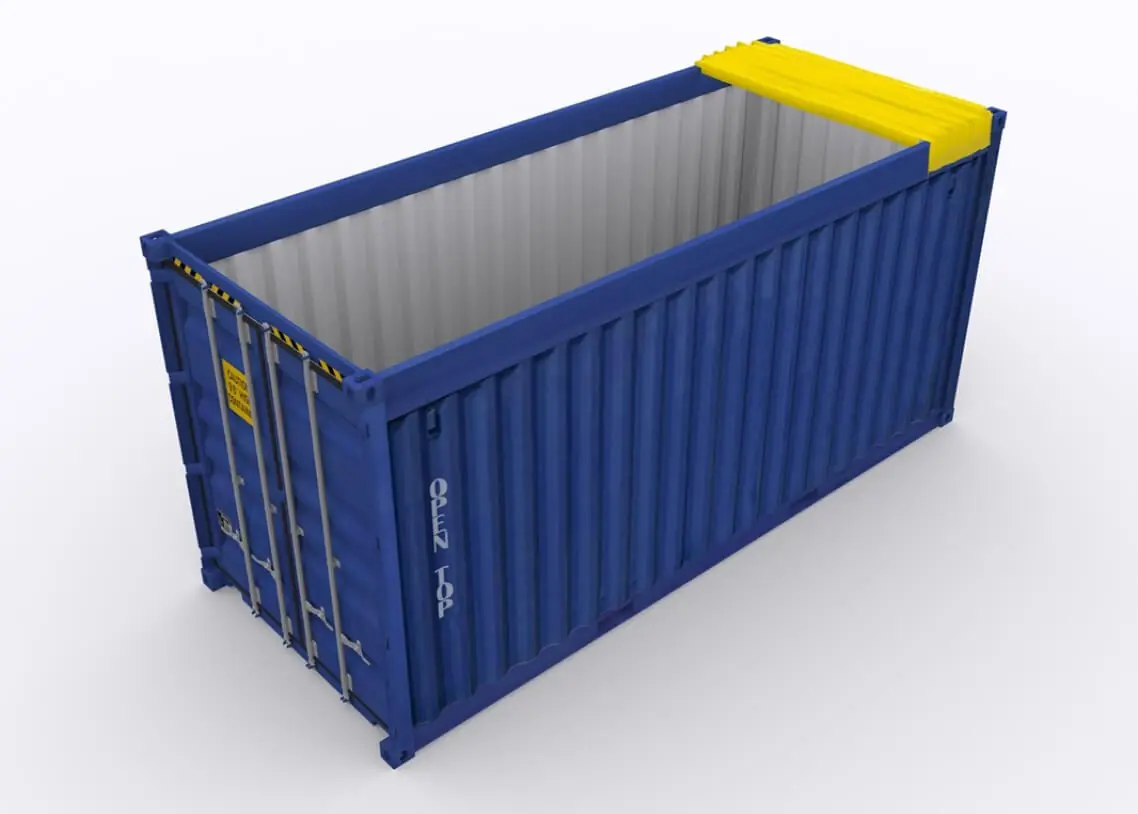
What’s the Difference Between a Standard and a Special Shipping Container?
Standard shipping containers are great, but they aren’t the only option. Sometimes you have cargo that just won’t fit in a box. Here is a quick comparison between standard units and [special shipping containers]:
| Aspect | Standard Shipping Containers | Special Shipping Containers |
| Size & Shape | Fixed ISO standard sizes (20ft/40ft), 8ft wide. | Varied shapes (Open Top, Flat Rack, Open Side) for odd cargo. |
| Design | Simple, enclosed rectangular box. | Purpose-built (e.g., no roof for crane loading, or open sides). |
| Uses | General dry goods, furniture, boxes, and conversion projects. | Oversized machinery, pipes, or goods that need side loading. |
| Features | Basic security, vents, and wood flooring. | Reinforced floors, removable headers, or drainage systems. |
Here is the rule of thumb: If your cargo fits inside standard shipping container dimensions and isn’t perishable or hazardous, stick with a standard container—it’s cheaper and easier to find. If you are moving something massive or weirdly shaped, go special.
Conclusions
Knowing the ISO standard sizes isn’t just trivia—it’s the key to optimizing your shipping, cutting costs, and ensuring your goods don’t get stuck at a border. Let these reliable standards guide your planning. If you are still unsure which size fits your needs, just reach out to the Pelican Containers team; we are here to help.
Vanessa is a dedicated writer and content enthusiast at Pelican Containers. With a background in practical writing and a keen eye for clarity, she transforms complex container topics into easy-to-understand and useful content. Her passion lies in exploring the evolving world of container usage — from smart storage hacks to global logistics trends.
When she's not writing, Vanessa loves discovering creative shipping container projects or traveling to find new inspiration.
Explore thoughtful, informative, and accessible content with Vanessa!
Vanessa is a dedicated writer and content enthusiast at Pelican Containers. With a background in practical writing and a keen eye for clarity, she transforms complex container topics into easy-to-understand and useful content. Her passion lies in exploring the evolving world of container usage — from smart storage hacks to global logistics trends.
When she's not writing, Vanessa loves discovering creative shipping container projects or traveling to find new inspiration.
Explore thoughtful, informative, and accessible content with Vanessa!
FAQ
How do ISO standard sizes make shipping easier?
Think of ISO standard sizes like a universal language for logistics. Because every ISO container is built to the same measurements, they can easily hop from a ship to a train to a truck without anyone needing to unload the actual goods inside. This speeds up delivery and cuts down on costs significantly.
What is the main difference between an ISO standard container and a custom one?
ISO standard containers follow strict global rules for dimensions (like 20ft or 40ft lengths), meaning they fit on any crane or chassis worldwide. Custom containers are modified or built to unique sizes, which limits how they can be transported, though they are often perfect for stationary projects like housing.
What is the difference between a high cube and a standard container?
It’s all about the height. A high cube container has the same length and width as a standard one but gives you an extra foot of vertical space. A standard unit is 8 feet 6 inches tall, while a high cube container stands 9 feet 6 inches tall—giving you about 12% more room inside.
What are the most common standard shipping container dimensions?
In international trade, the two sizes you will see 90% of the time are the 20-foot and 40-foot lengths. Both are 8 feet wide. For height, they are usually 8 feet 6 inches (Standard) or 9 feet 6 inches (High Cube).
